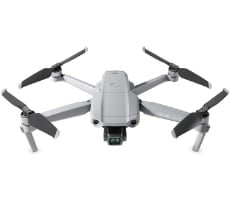Lenovo IdeaPad Yoga 13 Ultrabook Review
Ultrabooks aren't designed for heavy gaming. Even so, it's good to know what to expect from any system you're thinking about buying. Although they may not be designed with gaming in mind, ultrabooks can (and will) be used for light-duty gaming. To help you get a feel for the type of gaming performance you can expect from the Lenovo IdeaPad Yoga 13, we loaded a few gaming-related benchmarks to see just what it can do.
|

With its Intel HD 4000 graphics, we weren't expecting the IdeaPad Yoga 13 to top the charts in the 3DMark 11 benchmark. As you can see from the chart, a dedicated graphics card can make a big difference in this test. The only other system in our reference that includes the same graphics is the Dell Latitude E6530 which has a more powerful Core i7 processor. Although the IdeaPad Yoga 13 came in last, it wasn't too far behind the IdeaPad U400 and the HP EliteBook 8560p.
|
To get another perspective on the IdeaPad Yoga 13's gaming capabilities, we fired up the "Ranch" demo in Far Cry 2. This FPS game features lush vegetation and plenty of explosions and graphical mayhem. For this test, we turned off AA and used a resolution of 1280x720.

The IdeaPad Yoga 13 held its own in this benchmark, earning third place and beating out most of the systems with Intel integrated graphics.






